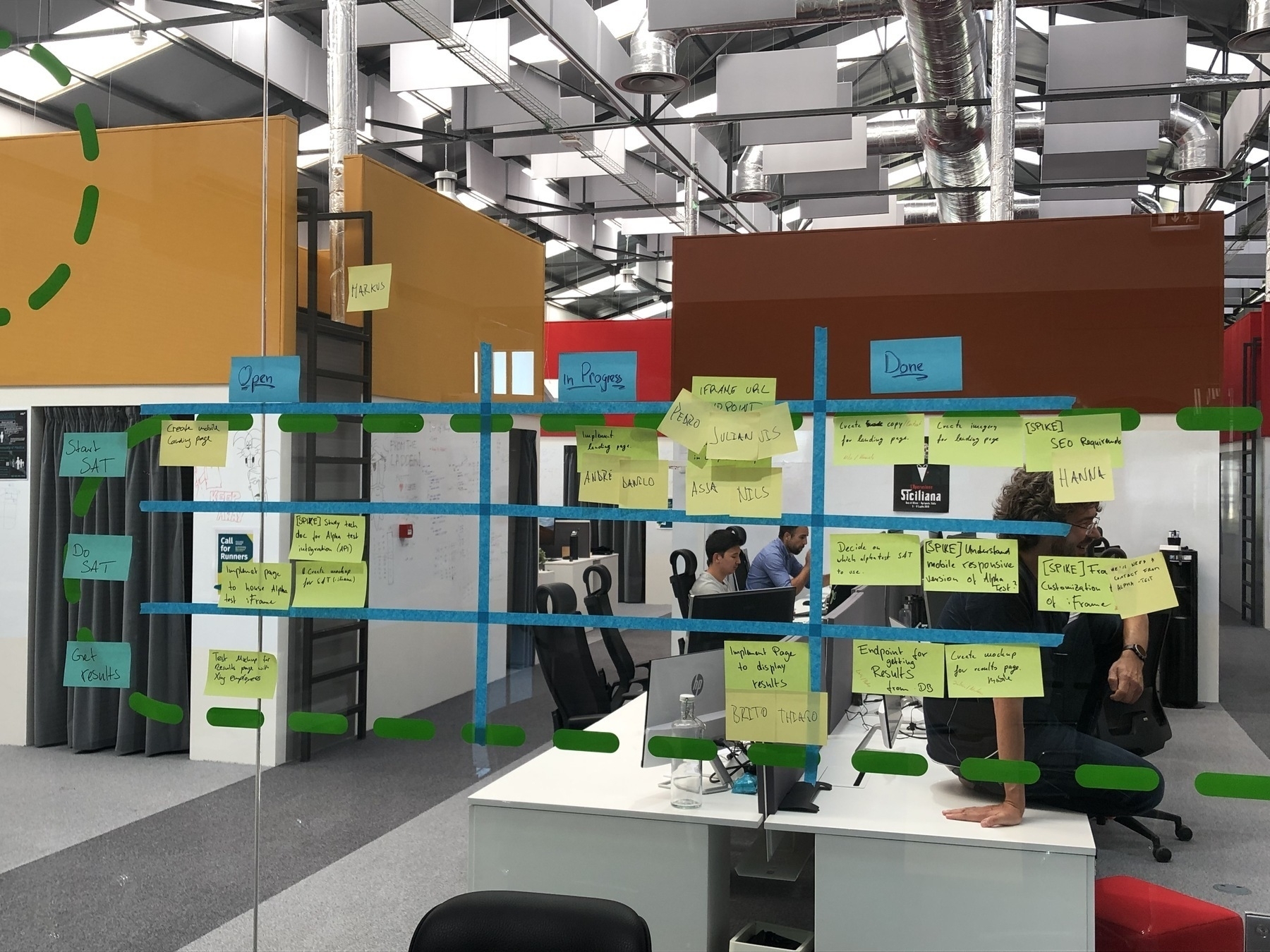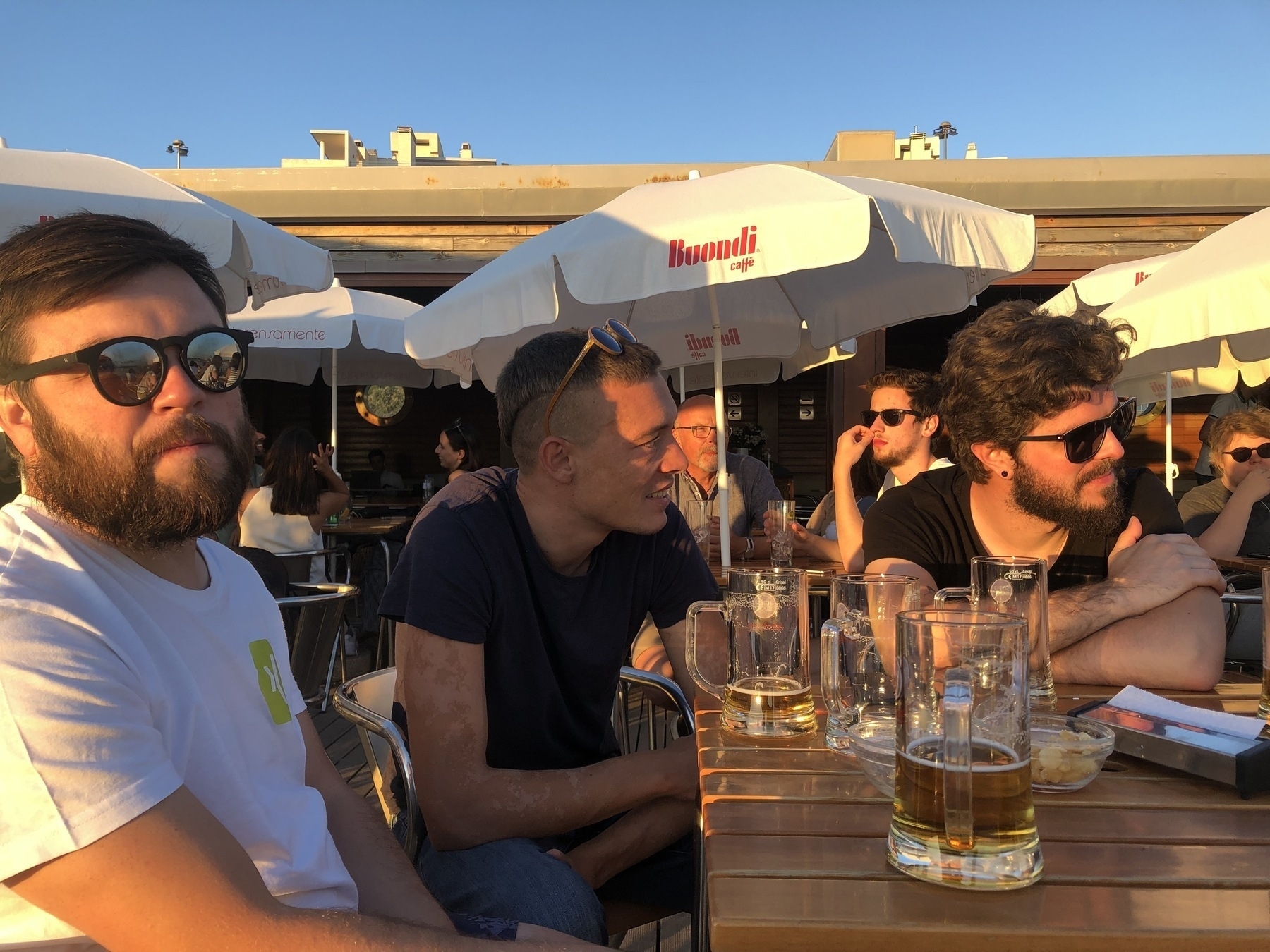Digital Minimalism
I just finished Digital Minimalism by Cal Newport on Audible.

Recommended Read or Listen? Yes.
While it didn’t blow my mind, I found the ideas in Digital Minimalism worth spending time on.
10 years ago or so, the people who could afford it, where connected all the time. Today, it’s the wealthy people who can allow time for being disconnected, not being available on demand all the time.
10 years ago or so, our devices were able to perform impressive things. But only one thing at a time. Switching from a document to a new browser tab for example took some effort and time. We thought that was bad for our productivity, but what if, the opposite is true?
10 years ago or so, Facebook mobile ad revenue was $0. Today it’s $34.35 billion dollars. Our attention, our data is the new oil.
While many apps aim at getting the most of our attention, we have to manage how we spend it.
Technology isn’t good or bad. It’s what we make out of it.
Some of my highlights from the book include:
- Digital Declutter: Clean up your devices. Clutter is costly. Remove all clutter. I removed all bad* social apps, any app that I haven’t used within the last month and disabled push notifications.
- Reclaim Leisure: Schedule seasonal high-quality leisure plans, like crafting something, reading, engaging in a club. Schedule low-quality leisure too (e.g. browsing Facebook, LinkedIn etc.) to fight FOMO.
- The Bennett principle: We get more energy out of doing something seemingly more demanding than some passive activity. E.g. instead of falling onto the couch and binge-watch Netflix every night, do something real first, like crafting a blog post ;)
Digital Minimalism is about
… the quality of your life in our current age of alluring devices. … it rejects the way so many people currently engage with these tools. …
We cannot unlock this potential (of technology) until we put in the effort required to take control of our own digital life’s to confidently decide for ourselves, what tools we want to use, for what reasons and under what conditions.
The book energized and motivated me to live a more mindful life. I’d say, attention well spent!
*that excludes micro-blog and XING. I explain why in a future post.
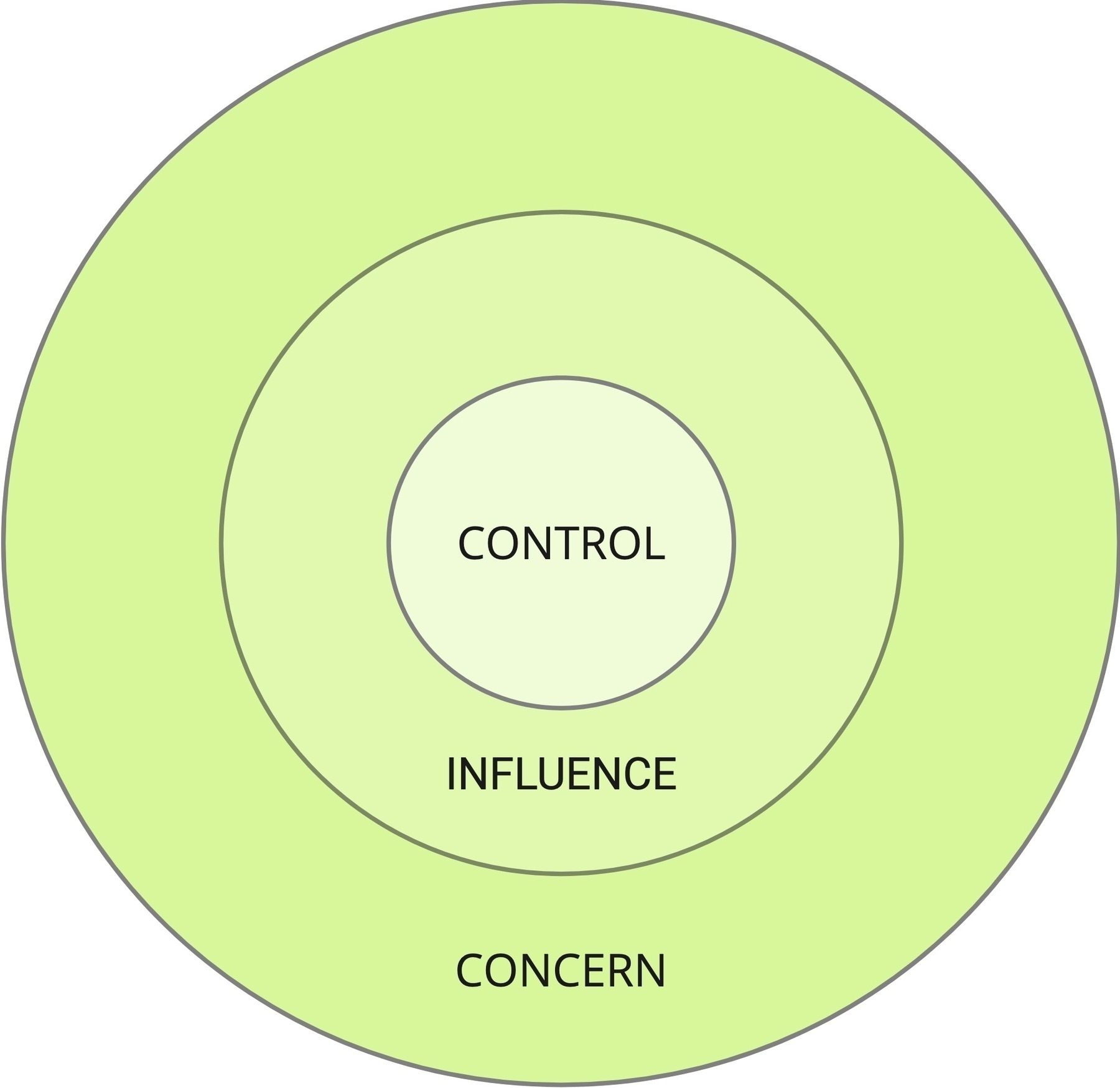
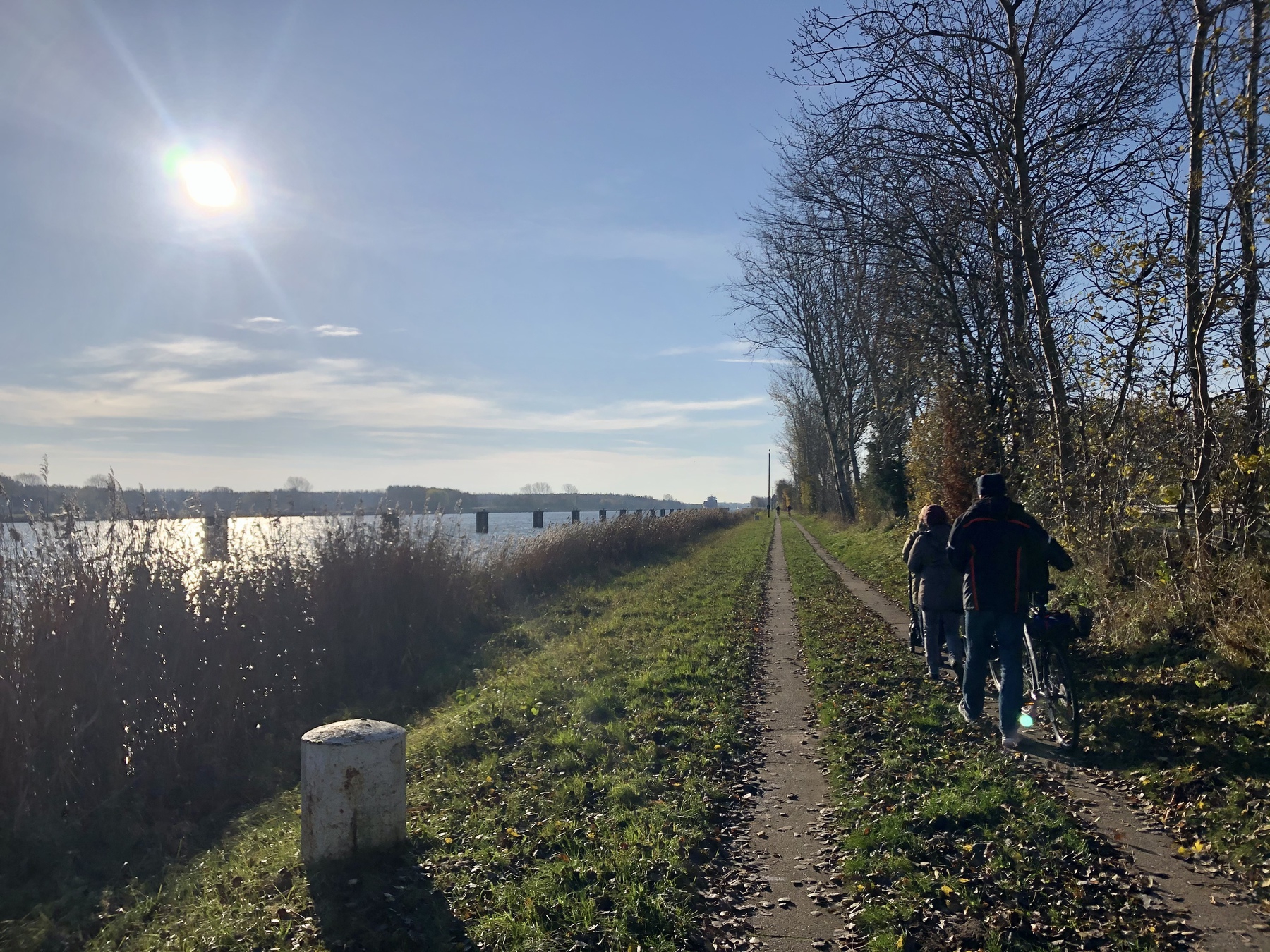



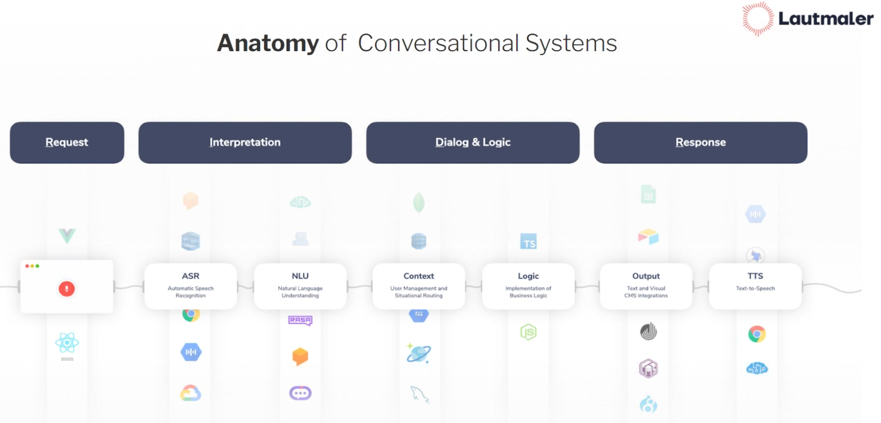 (ASR Automatic Speech Recognition) –> (NLU Natural Language Understanding) –> Context User Management and Situational Routing) –> (Logic Implementation of Business Logic) –> (Output Text and Visual CMS Integration) –> (TTS Text-to-Speech)
(ASR Automatic Speech Recognition) –> (NLU Natural Language Understanding) –> Context User Management and Situational Routing) –> (Logic Implementation of Business Logic) –> (Output Text and Visual CMS Integration) –> (TTS Text-to-Speech)